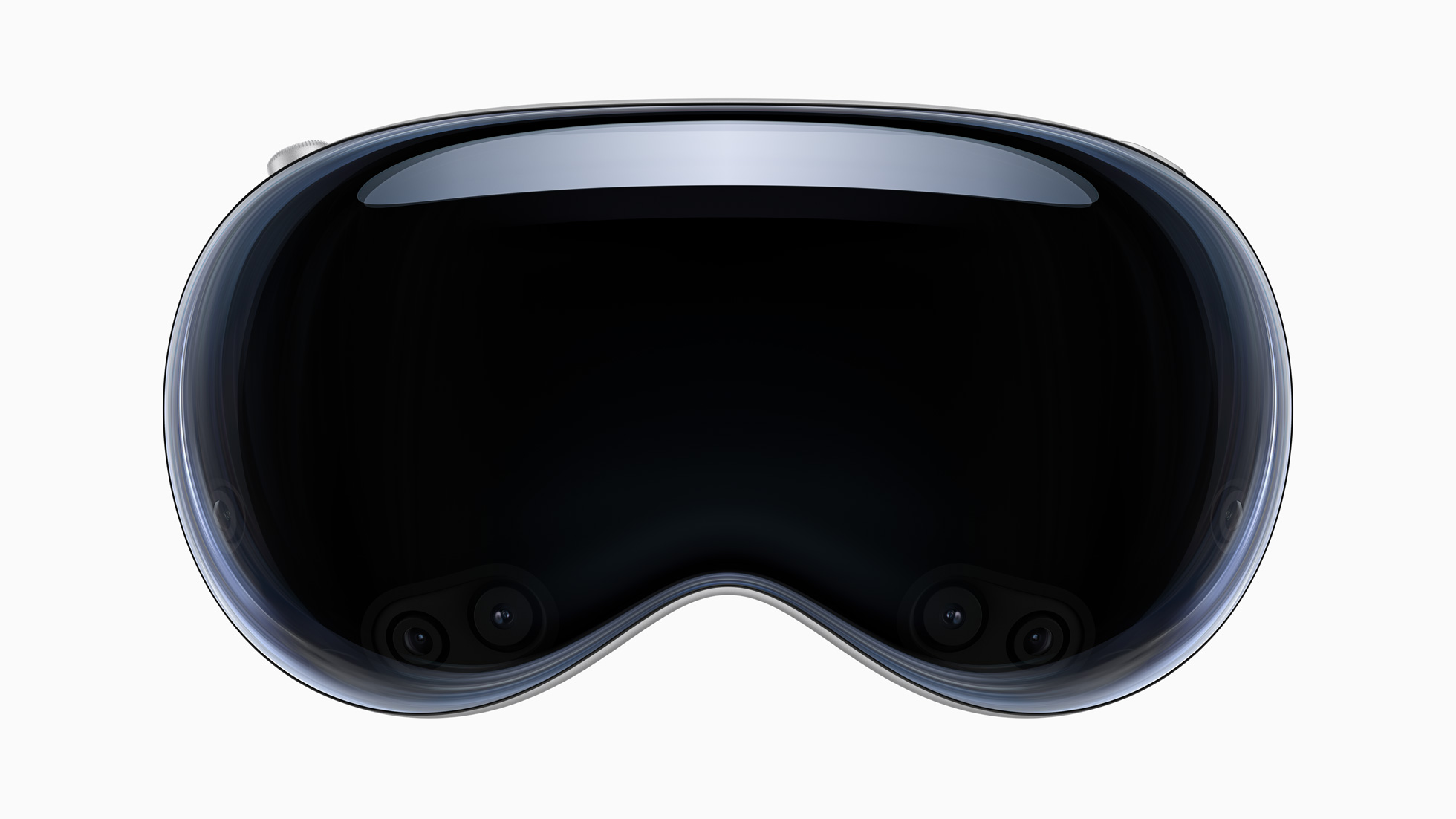In the ever-evolving landscape of technology and digital products, understanding the competitive environment is crucial for any founder aiming to create impactful and successful solutions.
Competitive analysis, a core component of user experience design, enables teams to identify market gaps, leverage strengths, and mitigate weaknesses.
In this post, we delve into the importance of competitive analysis in Product design, outline the steps to conduct one effectively, and explore how it can be a catalyst for innovation and improvement.
Understanding Competitive Analysis in Product Design
Competitive analysis in Product design is the process of evaluating the design and functionality of competitors’ products to gain insights into current market trends, user preferences, and areas for improvement.
It’s not about copying what others are doing but rather identifying opportunities to innovate and differentiate your product in meaningful ways.
Why It’s Essential
- Identifies Industry Standards: Understanding what’s already available helps in setting a benchmark for your product.
- Reveals Market Gaps: By analyzing competitors, you can discover unmet user needs or problems that haven’t been adequately solved.
- Inspires Innovation: Insights gathered can inspire innovative solutions that improve user satisfaction and engagement.
- Informs Design Decisions: Knowledge of competitors’ approaches to design challenges can inform more strategic and user-centered design decisions.
How to Conduct a Competitive Analysis
- Identify Your Competitors: Start with a broad scope to include direct and indirect competitors. This can be narrowed down as you define what specific insights you are looking for.
- Evaluate Competitors’ Products: Focus on key Product elements such as usability, design, content, and features. Tools and frameworks like SWOT (Strengths, Weaknesses, Opportunities, Threats) analysis can be instrumental here.
- Gather User Feedback on Competitors: Utilize reviews, forums, and social media to understand user perceptions and experiences with competing products.
- Analyze Findings and Identify Opportunities: Look for patterns or recurring themes that suggest areas for improvement or innovation in your product.
- Implement Insights: Use your findings to inform your design process, ensuring that decisions are data-driven and user-focused.
Leveraging Competitive Analysis for Innovation
The true value of competitive analysis lies in its ability to spark innovation. By thoroughly understanding the competitive landscape, you can:
- Differentiate your product: Identify and capitalize on unique value propositions.
- Enhance user satisfaction: Innovate on usability and functionality to meet user needs better.
- Anticipate market trends: Stay ahead by observing the direction in which competitors are moving.
Competitive analysis is more than a box-ticking exercise in the Product design process; it’s a strategic tool that can significantly impact the success of a product. By offering deep insights into the competitive landscape, it enables you to make informed decisions that enhance the user experience, foster innovation, and drive product improvement.
In the fast-paced world of digital design, those who leverage comprehensive competitive analyses hold the key to creating more engaging, innovative, and user-friendly products. Embrace competitive analysis as a critical component of your Product strategy to ensure your product not only meets but exceeds user expectations.


